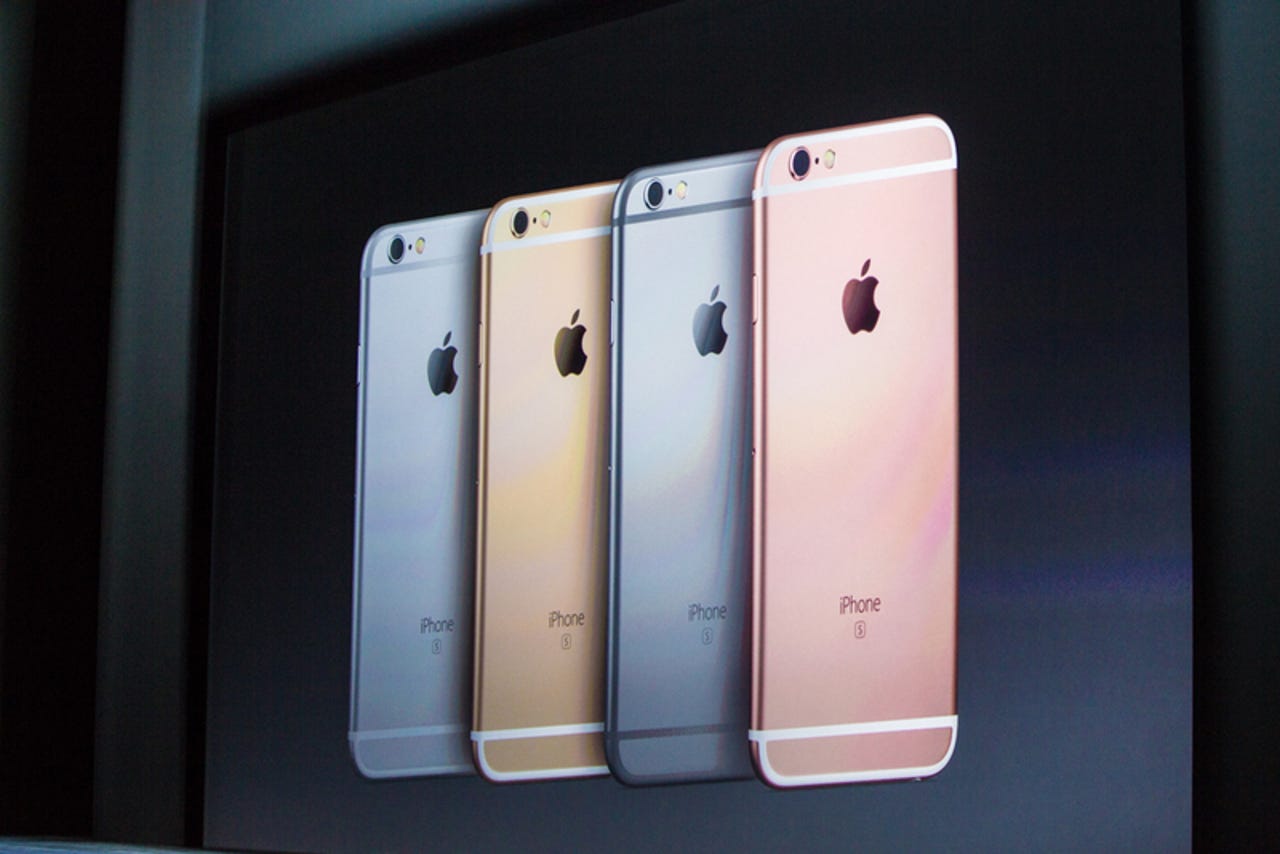Apple's iPhone: Looking at its past and present to predict its future


It might seem like the iPhone hasn't changed a huge amount since the first model went on sale back in 2007 (apart from getting a bit bigger) but digging into the specs just a little bit reveals how much is different.
ZDNet has trawled through the specs to come up with a series of charts that show how some of the key ingredients of the iPhone - like the battery, camera, storage and processor - have advanced over the course of a dozen iterations. You can find them all in this story: How the iPhone grew up.
The charts make it easier to see some of the obvious relationships - like how battery capacity has had to increase to power the bigger smartphone screens, as shown below.
Indeed battery life is a factor that users pay a lot of attention to, so it's interesting that the iPhone's battery life has improved greatly when it comes to talk time and music playback, but in other areas - like internet browsing over wi-fi, it has (only) doubled in the last eight years. That's likely down the power needs of that big screen but also increasingly sophisticated (and bigger) web pages. Still, looking at past performance it's unlikely that the next iteration will see enormous leaps forward in battery life when in comes to browsing - if only because most users are happy (enough) to recharge on mostly a daily basis.
Crunching the data this way also shows how quickly something once feted as a huge advance can be rapidly become outdated and unremarkable.
For example, the main camera on the iPhone 4 was an (at the time) decent enough five megapixels, which it combined with a 0.3MP selfie-snapper. But a few generations on, the main camera on the iPhone 6s is 12MP and even the selfie camera is upped to five megapixels. Expect to see that jump again soon as the camera is increasingly a key differentiator for smartphones.
Storage is another interesting area: there have been suggestions that Apple stop offering a 16GB version of the iPhone because that's just too little storage when an app can weigh in at 4GB and a simple picture at 2MB.
And it certainly does seem that the base model is lagging behind: storage of the base model has increased by four times over the life of the iPhone (from four to 16GB) , but the storage of the other two models has increased eight-fold (from eight to 64 and 16 to 128GB respectively). As such it's hard to see how there could be a 16GB iPhone 7 (assuming there is such a thing).
All of this, or course, assumes that, as a stable and mature product, the basic design of the iPhone isn't about to change radically. If it does, it would certainly inject some excitement into the smartphone world that has become a little too predictable for some.
What would you like to see in the next version of the iPhone? Let us know by posting a comment below.
ZDNet's Monday Morning Opener is our opening salvo for the week in tech. As a global site, this editorial publishes on Monday at 8am AEST in Sydney, Australia, which is 6pm Eastern Time on Sunday in the US. It is written by a member of ZDNet's global editorial board, which is comprised of our lead editors across Asia, Australia, Europe, and the US.
Previously on Monday Morning Opener:
- Intel's next frontier: Powering robots
- An extended winter looming for OEMs
- When robots eliminate jobs, humans will find better things to do
- Microsoft and mobile: Searching for a way forward
- Who will have the courage to build the future again?
- Apple Watch: Now the hard work really begins
- BlackBerry has nothing to lose, so why not try out Android?
- Can Windows 10 save the PC?